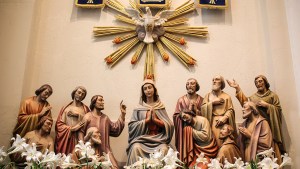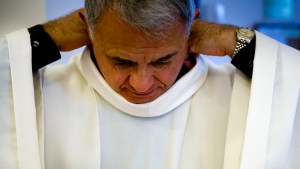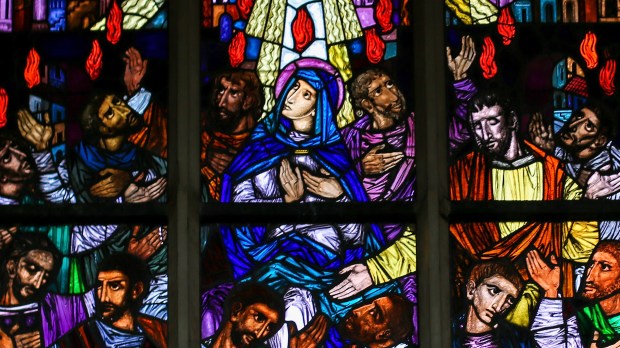Lenten Campaign 2025
This content is free of charge, as are all our articles.
Support us with a donation that is tax-deductible and enable us to continue to reach millions of readers.
In the current liturgical calendar, the celebration of Pentecost ends on Pentecost Sunday.
However, for many centuries it was extended with a Pentecost Octave, and the first few days of that octave were considered special days of rest.
The Catholic Encyclopedia explains the history of this major feast in the Church’s calendar.
Formerly the law courts did not sit during the entire week, and servile work was forbidden. A Council of Constance (1094) limited this prohibition to the first three days of the week. The Sabbath rest of Tuesday was abolished in 1771, and in many missionary territories also that of Monday; the latter was abrogated for the entire Church by Pius X in 1911. Still, as at Easter, the liturgical rank of Monday and Tuesday of Pentecost week is a Double of the First Class.
This week in the Church’s calendar was also called “Whitsun week,” recognizing the tradition of baptizing catechumens at the Pentecost Vigil, similar to the Easter Vigil.
After the celebration of Baptism at Pentecost, the newly baptized would be vested in a white alb, symbolizing their new birth in the life of grace.
They may have also worn these white albs during the Pentecost Octave, a similar custom that was practiced during the Easter Octave.
Currently Pentecost Monday is now celebrated as the Memorial of the Blessed Virgin Mary, Mother of the Church, a celebration instituted by Pope Francis.



